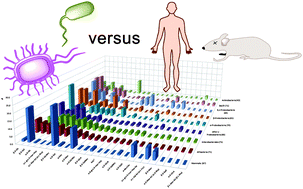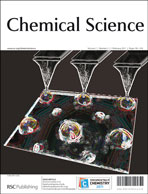A comparative analysis of bacterial and mammalian glycomes based on the statistical analysis of two major carbohydrate databases, Bacterial CarbohydrateStructure Data Base (BCSDB) and GLYCOSCIENCES.de (GS), is presented. An in-depth comparison of these two glycomes reveals both striking differences and unexpected similarities. Within the prokaryotic kingdom, we focus on the glycomes of seven classes of pathogenic bacteria with respect to (i) their most abundant monosaccharide units; (ii) disaccharide pairs; (iii) carbohydrate modifications; (iv) occurrence and use of sialic acids; and (v) class-specific monosaccharides. The aim of this work is to gain insights into unique carbohydrate patterns in bacteria. Data interpretation reveals significant trends in the composition of specific carbohydrate classes as result of evolution-driven structural adaptations of bacterial pathogens and symbionts to their mammalian hosts. The differences are discussed in light of their value for biomedical applications, such as the targeting of unique glycosyl transferases, vaccine development, and devising novel diagnostic tools.

You have access to this article
 Please wait while we load your content...
Something went wrong. Try again?
Please wait while we load your content...
Something went wrong. Try again?


 Please wait while we load your content...
Please wait while we load your content...